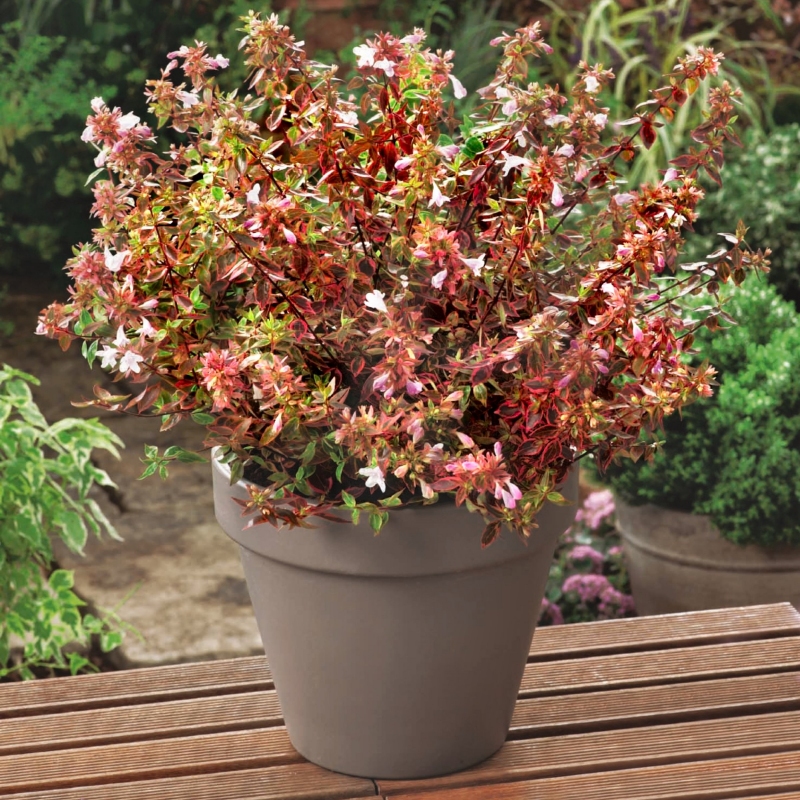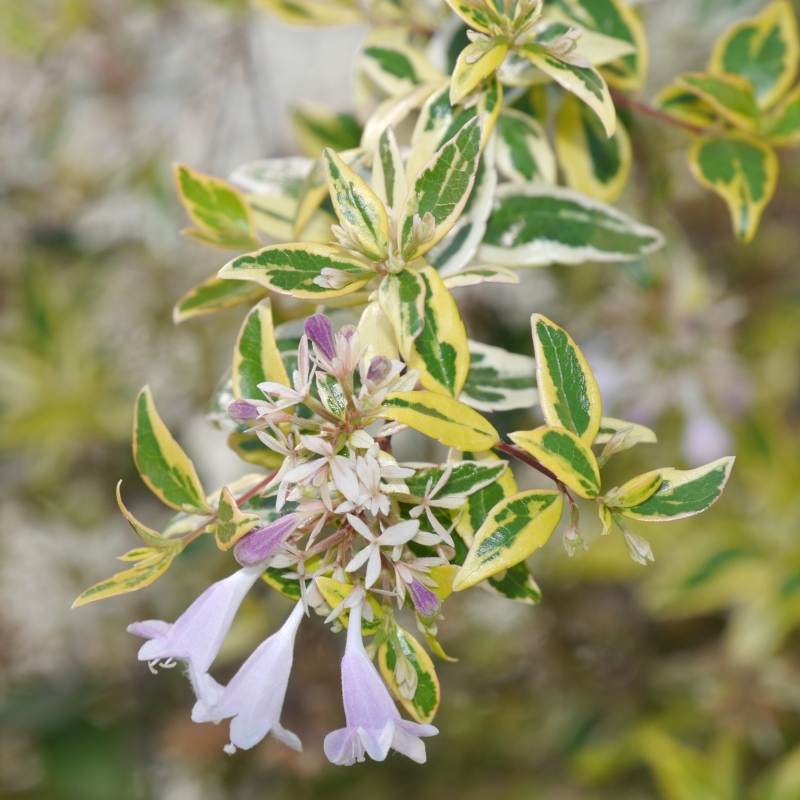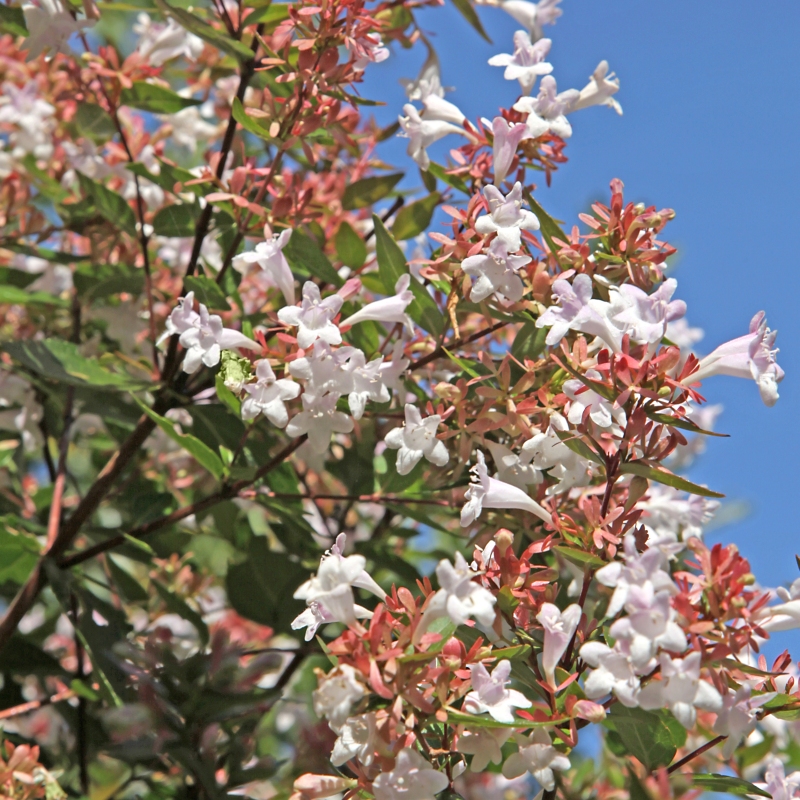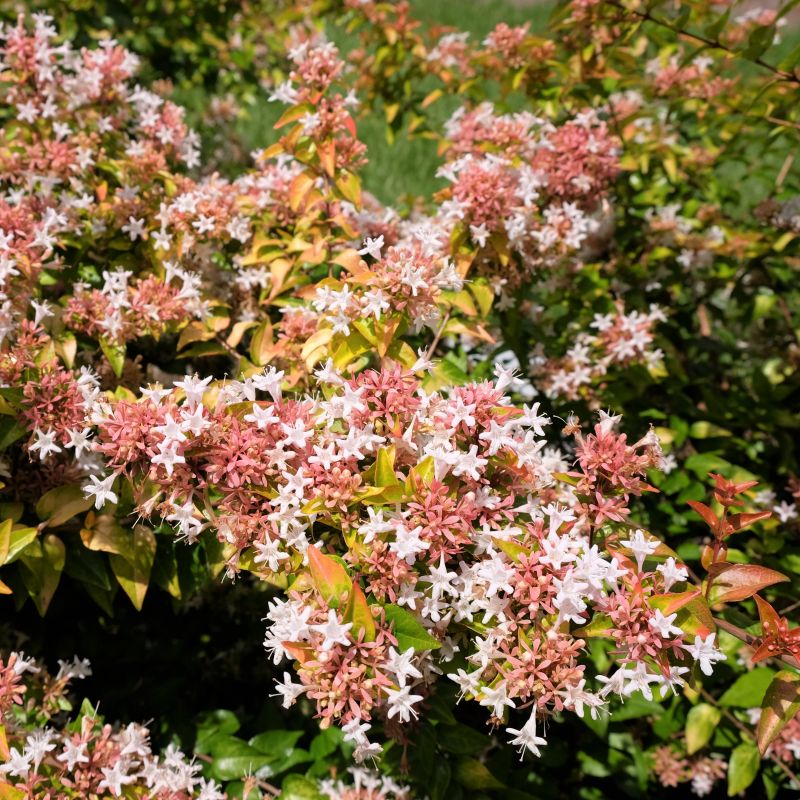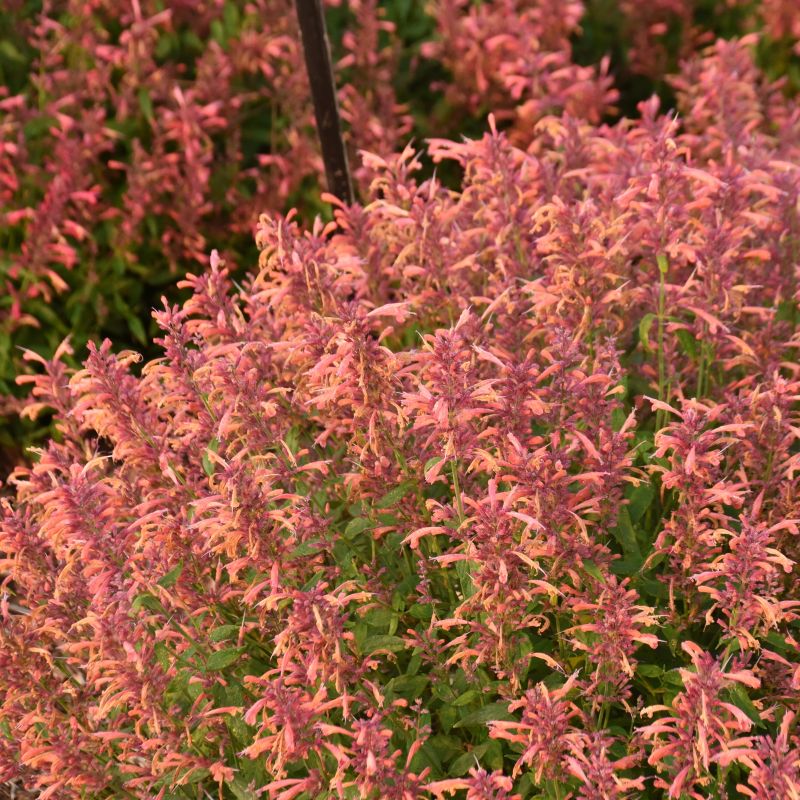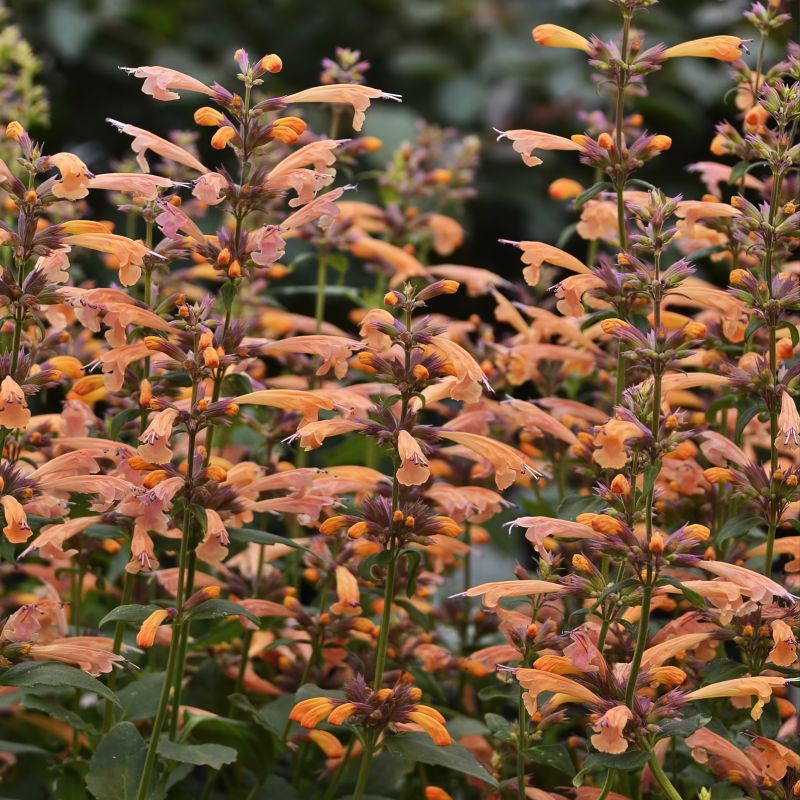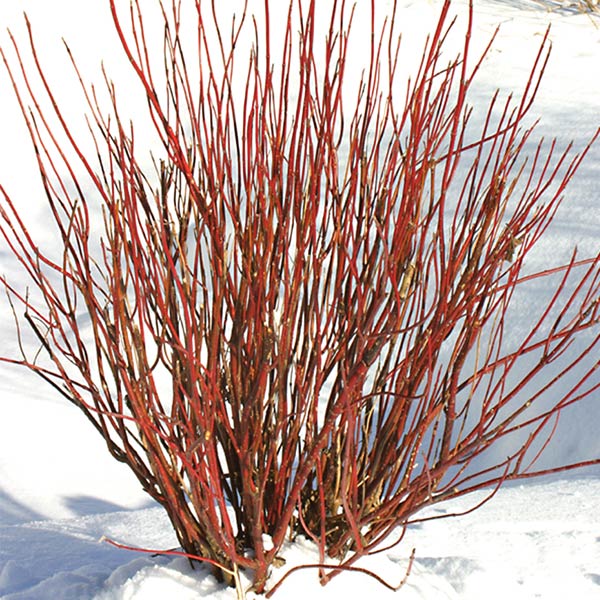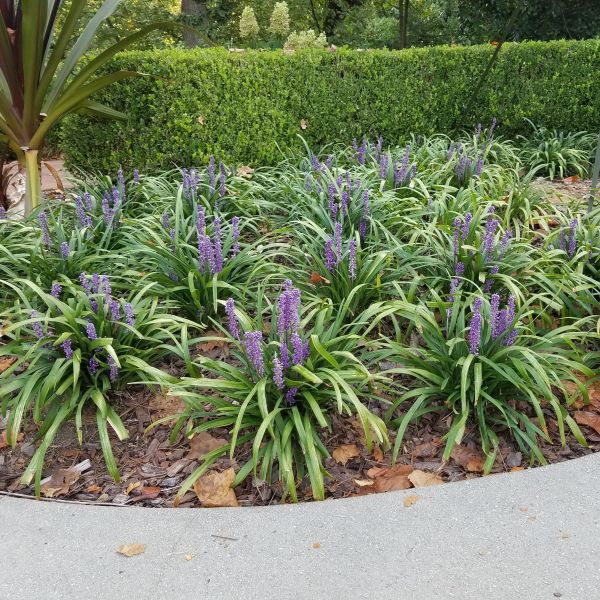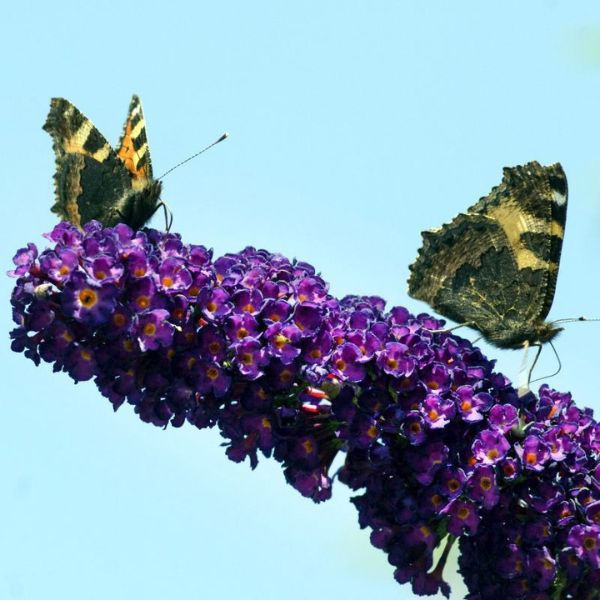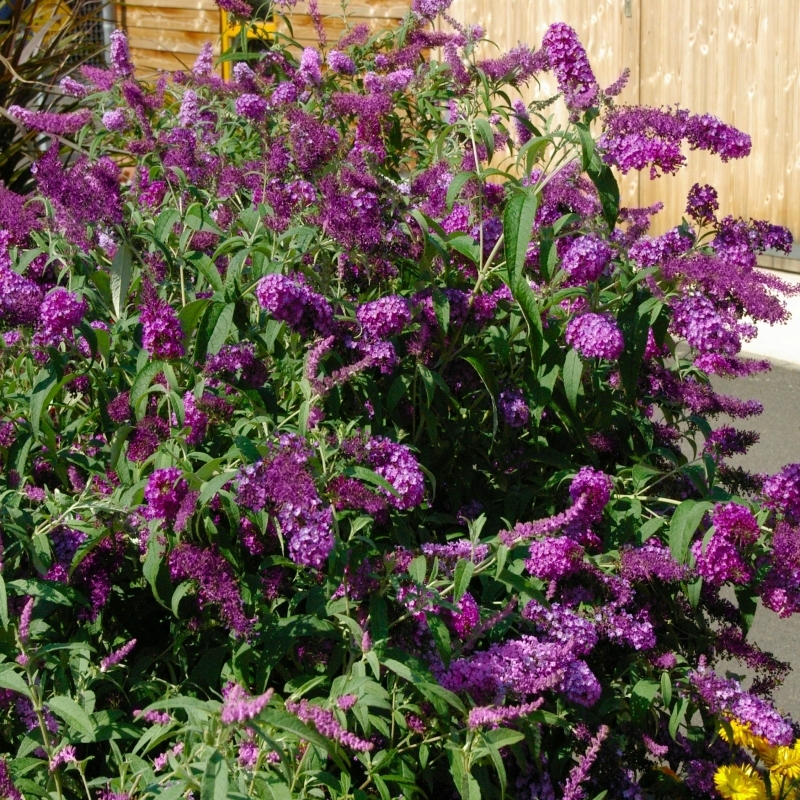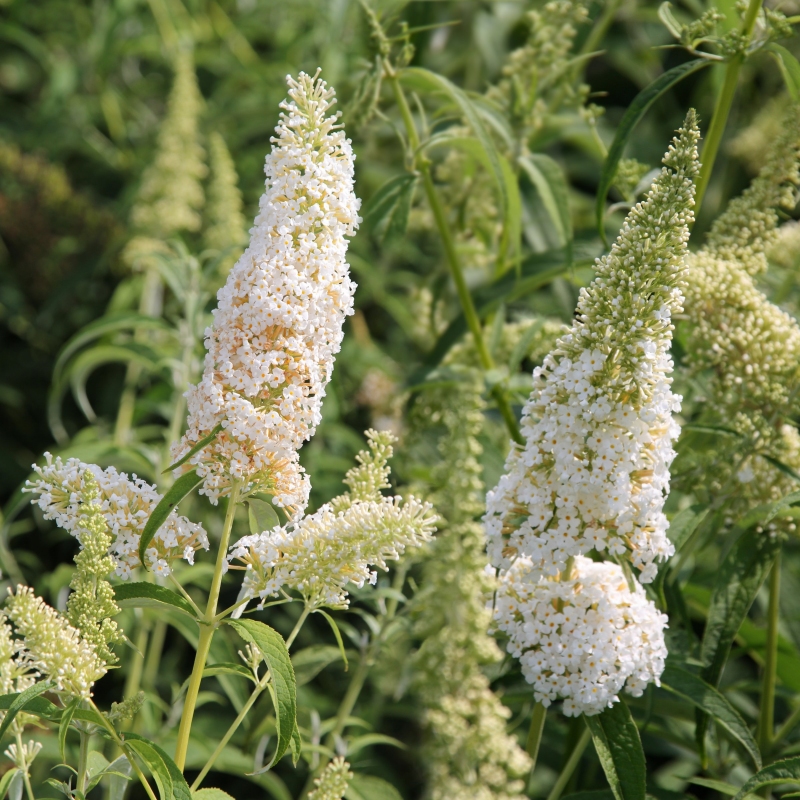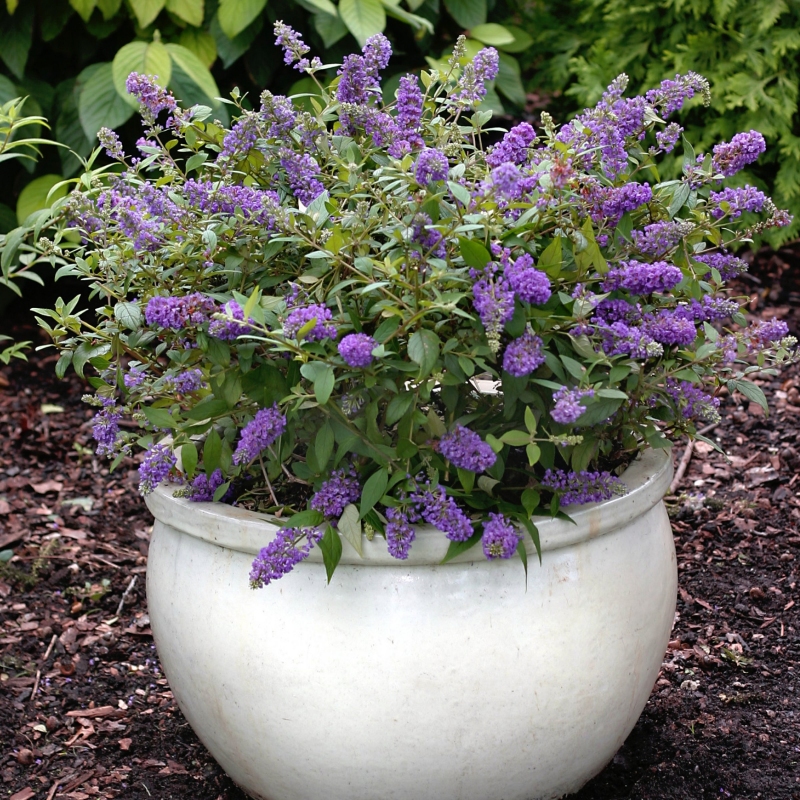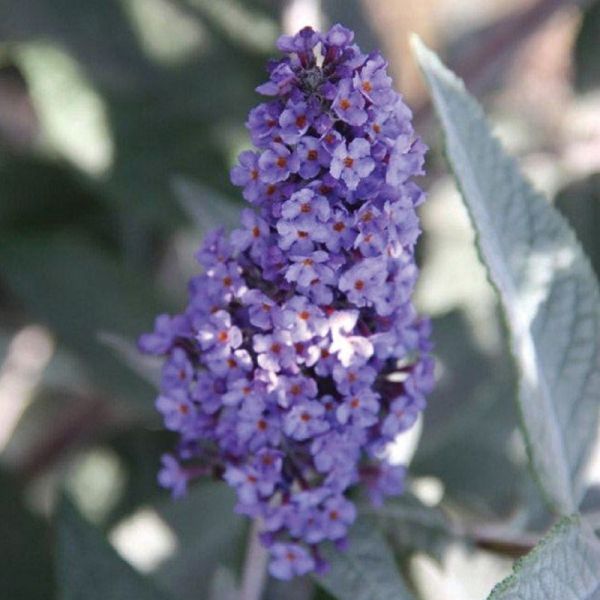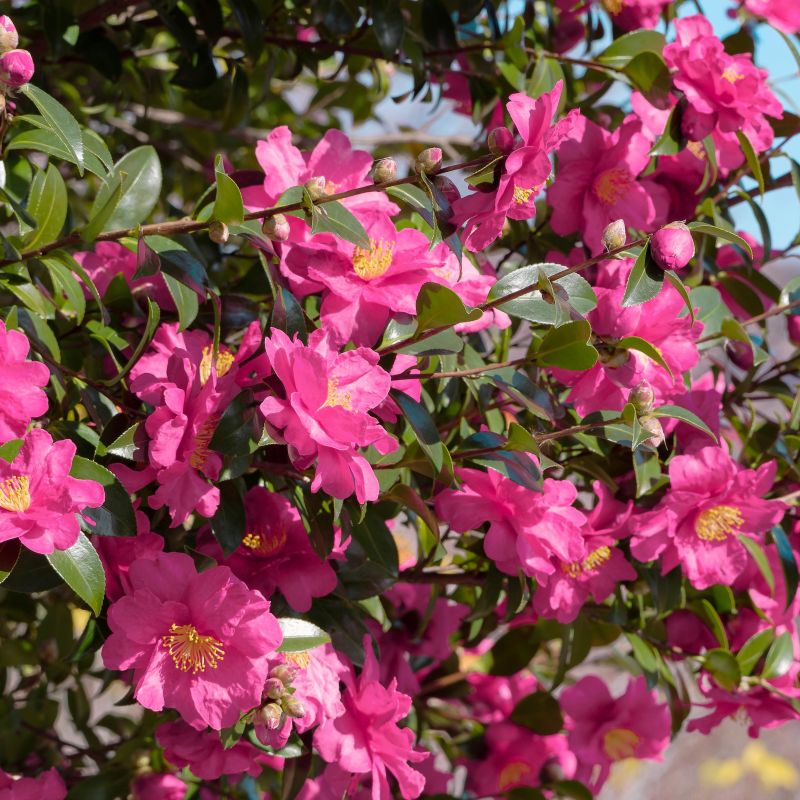

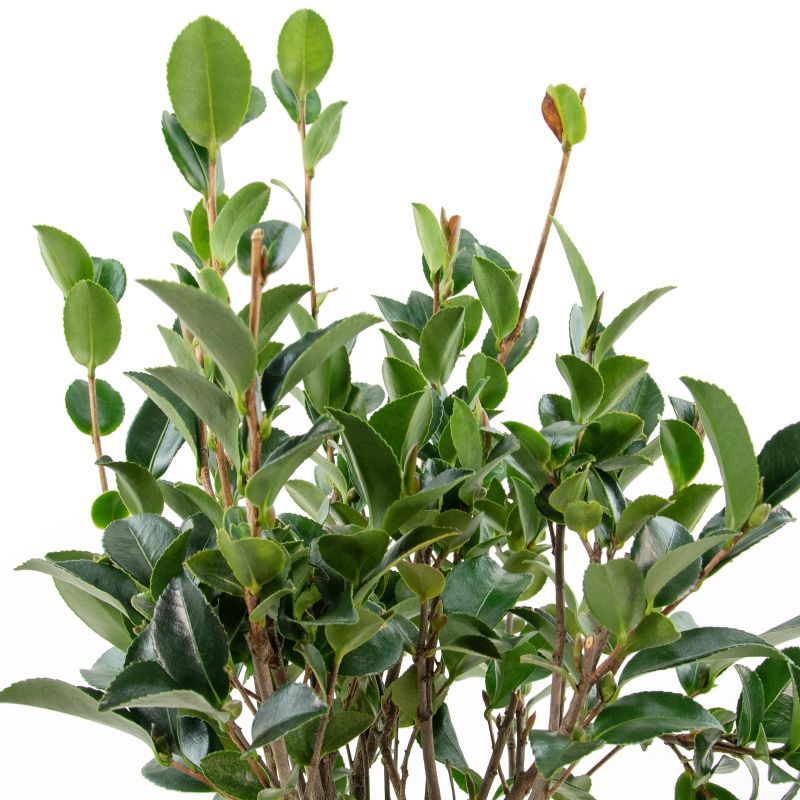

Camellia Rose Of Autumn
Camellia sasanqua Rose of Autumn
20 reviews
Camellia Rose Of Autumn
Camellia sasanqua Rose of Autumn
20 reviews
- Beautiful pink and white blooms provide a stunning contrast in any garden
- Thrives in cooler autumn temperatures, flowering late into the season
- Low maintenance plant that is easy to grow and care for
- Recommended by landscape designers for optimal fit in real yards
$89.00
$128.00
30% Off
- Ships to 43215 in 3 to 7 days
- Free Shipping Over $150
- Plant Arrival Guarantee
- In Stock
- Free Plant Consult
$200 - Landscape-Approved: Every Plant We Sell Comes With Design Expertise Behind It
3 Gallon
Not just beautiful - intentionally selected by ShrubHub's 3D landscape design team to fit real-world spaces and maximize yard potential.
Why Camellia Rose Of Autumn?
The Camellia Rose Of Autumn, also known as Camellia sasanqua Rose of Autumn, is a beautiful flowering plant that blooms in the fall season. Its delicate pink flowers add a pop of color to the garden landscape, attracting bees and butterflies. With its compact growth habit and low maintenance requirements, this Camellia variety is a popular choice for gardeners looking to add beauty to their outdoor space.
People who loved this plant also bought
Sunlight
Camellia Rose Of Autumn prefers partial shade to full sun with at least 4-6 hours of direct sunlight per day. Too much direct sunlight can scorch the leaves and flowers, so providing some protection from intense afternoon sun is ideal for this plant.
Watering
Camellia Rose Of Autumn should be watered regularly, ideally once a week or when the soil feels dry to the touch. It is important to keep the soil consistently moist but not waterlogged to ensure proper growth and blooming.
Fertilizing
Camellia Rose Of Autumn requires a balanced fertilizer with equal parts nitrogen, phosphorus, and potassium. It is recommended to use a slow-release fertilizer specifically formulated for acid-loving plants. Fertilize in early spring before new growth appe
Camellia Rose Of Autumn (Camellia sasanqua Rose of Autumn)
The Camellia Rose Of Autumn is a beautiful evergreen shrub with glossy, dark green leaves and stunning rose-pink flowers that bloom in the fall and winter. This Camellia sasanqua variety is known for its profuse flowers and compact growth habit, making it an excellent choice for adding color and texture to gardens and landscapes.
Key Features:
- Produces rose-pink flowers in the fall and winter
- Glossy, dark green foliage adds year-round interest
- Compact growth habit makes it suitable for smaller gardens
- Attracts pollinators such as bees and butterflies
- Tolerant of a variety of soil types and light conditions
Care Instructions:
Camellia Rose Of Autumn thrives in well-drained, acidic soil and prefers partial shade to full sun. Water regularly, especially during dry spells, and mulch around the base of the plant to help retain moisture. Prune lightly after flowering to maintain shape and promote new growth.
Uses:
Camellia Rose Of Autumn is perfect for planting as a specimen shrub, in mixed borders, or as a hedge or screen. Its colorful flowers and compact growth make it a versatile and beautiful addition to any garden or landscape.
Plant Information:
| Botanical Name: | Camellia sasanqua Rose of Autumn |
| USDA Zones: | 7 - 9 |
| Mature Height: | 6-8 FT |




Pollination Info
Pollination Info for Camellia Rose Of Autumn (Camellia sasanqua Rose of Autumn)
Camellia sasanqua Rose of Autumn is a type of camellia plant that flowers in the fall and early winter, producing beautiful pink blooms. As with most camellia plants, Camellia sasanqua Rose of Autumn requires pollination to produce seeds and ensure the continued growth and development of the plant. Here is some detailed pollination information for Camellia sasanqua Rose of Autumn:
- Flower Structure: Camellia sasanqua Rose of Autumn flowers have both male and female reproductive parts within the same flower. The male parts (stamens) produce the pollen, while the female part (pistil) contains the ovules.
- Pollination Process: Pollination in Camellia sasanqua Rose of Autumn can occur through various means, including wind, insects, and birds. Insects like bees and butterflies are attracted to the nectar and pollen of the flowers, and as they visit different flowers, they inadvertently transfer pollen from one flower to another, leading to pollination.
- Self-Pollination: While some camellia plants are self-pollinating, Camellia sasanqua Rose of Autumn generally benefits from cross-pollination, where pollen is transferred between different plants. Cross-pollination can result in healthier and more genetically diverse offspring.
- Seed Development: After successful pollination, the fertilized ovules develop into seeds within the seed pod of the camellia plant. These seeds can then be collected and germinated to grow new Camellia sasanqua Rose of Autumn plants.
- Importance of Pollination: Pollination is crucial for the reproduction of Camellia sasanqua Rose of Autumn and ensures the continued survival of the plant species. Without pollination, the plant would not be able to produce seeds for future generations.
FAQ
Camellia Rose Of Autumn (Camellia sasanqua Rose of Autumn) FAQ
What are the ideal growing conditions for Camellia Rose Of Autumn?
Camellia Rose Of Autumn thrives in moist, well-drained soil with partial shade to full sun exposure. It is best planted in a location with protection from harsh winds.
How often should I water Camellia Rose Of Autumn?
It is important to keep the soil consistently moist, but not waterlogged. Water deeply and thoroughly when the top inch of soil feels dry to the touch. Avoid letting the soil dry out completely between waterings.
When is the best time to prune Camellia Rose Of Autumn?
Pruning should be done immediately after blooming, typically in late winter or early spring. Remove any dead or diseased branches, and shape the plant as desired.
Does Camellia Rose Of Autumn require fertilization?
Yes, Camellia Rose Of Autumn benefits from regular fertilization to promote healthy growth and abundant blooms. Use a balanced, slow-release fertilizer formulated for acid-loving plants during the growing season.
How do I protect Camellia Rose Of Autumn from pests and diseases?
Keep the plant healthy by providing proper care and growing conditions to help prevent common pests and diseases. Regularly inspect the plant for signs of pests such as aphids or spider mites, and treat promptly if necessary.
Can Camellia Rose Of Autumn be grown in containers?
Yes, Camellia Rose Of Autumn can be grown in containers. Ensure the container has good drainage and use a high-quality potting mix suitable for acid-loving plants. Regularly monitor moisture levels and fertilize as needed.
Planting & Care
Planting & Care for Camellia Rose Of Autumn (Camellia sasanqua Rose of Autumn)
Planting:
- Choose a location with well-draining soil and partial shade.
- Dig a hole twice as wide and just as deep as the root ball of the plant.
- Place the plant in the hole and backfill with soil, patting it down gently to remove air pockets.
- Water the plant thoroughly after planting.
Care:
- Water the plant regularly, especially during dry spells.
- Apply a balanced fertilizer in early spring and late summer.
- Prune the plant after flowering to maintain its shape and promote new growth.
- Mulch around the base of the plant to help retain moisture and suppress weeds.
- Protect the plant from strong winds and extreme temperatures.
Check Out These Verified Customer Reviews:
Customer Reviews
4.7 out of 5 based on 20 reviews
Thank you! Your review has been submitted.
Overall, a fantastic shopping experience with Camellia Rose of Autumn. Highly recommend!
Impressed with the item appearance.
I love my Camellia Rose of Autumn! It adds a touch of elegance to my home decor.
Item has been added to your cart.



